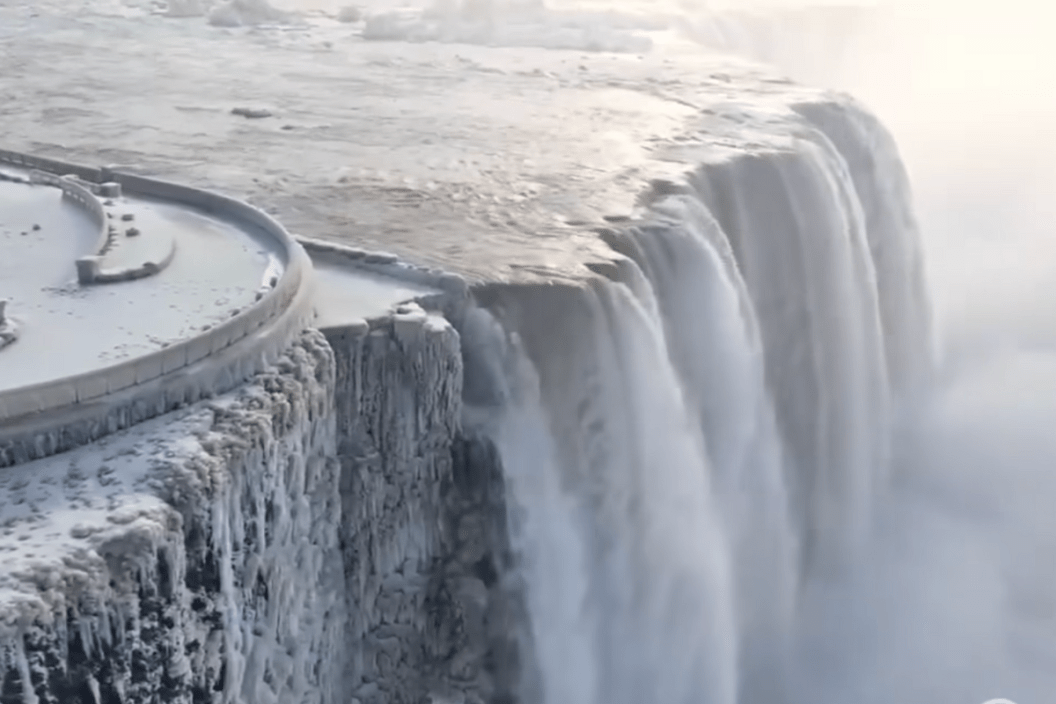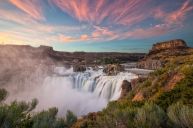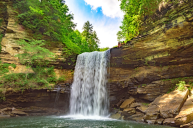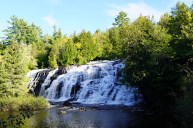Niagara Falls is a wondrous sight, no matter what time of year it is. But recent storms and a massive blizzard turned the already-idyllic location into a frosty wonderland. The fresh layer of snow and ice added a pristine finish to the walkways, viewing stations, and surrounding scenery. A video posted to the Niagara Action Facebook page allows netizens to admire the frozen falls without subjecting themselves to the frigid temperatures.
The stunning footage has entranced viewers. Some shared their experiences from past visits to the falls. One wrote, "Love going to the falls on most seasons, especially the fall. Beautiful that time of year; haven't been in the wintertime... But I hear it's pretty. From what I've watched on the video, it's pretty." Another viewer wrote, "I'd love to see that now!"
Others compared the two sides of the falls. One wrote, "Spent 7 years in Canada 1979/85, loved every minute. The Canadian side is more spectacular than US. Plus, Canada has Niagara on the lake village. Worth the trip, alone!!"
One netizen wrote, "Been there a few times spring and summer once in winter truly spectacular, of course, some of the attractions like Maid of the Mist are closed, but there are other things to do. Don't remember the name of the museum that has strange animals with 2 heads etc., and there was a go-cart track was fun, but again was over 20yrs ago."
The Niagara Falls of today is over 12,000 years in the making. Water began flowing over the Niagara Escarpment through Ontario, Michigan, Illinois, and Wisconsin. The water and annual freezing continue to shape the falls. And some modern touches have been added, such as hydroelectric power water diversion and work to reduce some of the erosion and preserve the falls' natural state. While the falls may be beautiful, their power-producing capabilities are their most important feature. The Canadian and American sides have the combined capacity to produce 2.4 million kilowatts of power.
Niagara Falls State Park is the oldest park in the United States, established in 1885. The park encompasses 400 acres, with 140 acres being water. Over 3,100 tons of water flow over the falls per second at a rate of 32 feet per second. The falls are fed by lakes Superior, Michigan, Huron, and Erie, and end up in Lake Ontario. Visitors can enjoy the view 365 days a year; entry into the park is always free.
READ MORE: Drone Video Captures the Moment 60 MPH Winds Reverse Waterfall's Flow




